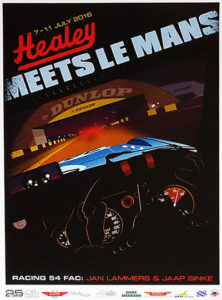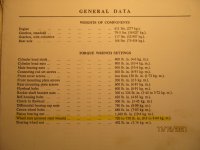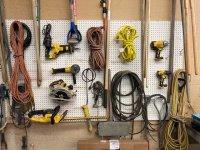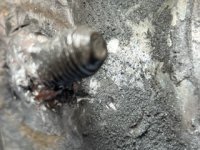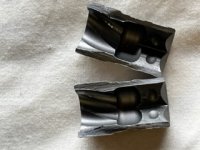I am attempting to remove the rear brake drums from my 1966 Healey, so as to deliver them to Hendrix Wire Wheel, here in NC. It is almost as if the 5 nuts were welded on.....! I have 4 of the 5 nuts removed from the left rear, but none of them are salvageable. Am sure the right rear will be the same difficulty. The nuts are literally destroyed by using my bolt extractor socket. I cannot explain how tight and frozen these are. I attempted to order replacement nuts labeled "Bolt, plate to axle case", from Moss Motors, but they are "unavailable". Does anyone know of a source for these 10 nuts I need to replace so as to be able to reinstall the brake drums after Mr. Hendrix finishes them? I assume they are 11/16"?? Thanks in advance for any suggestions!
Dr. Smoke
Dr. Smoke

 Hi Guest!
Hi Guest!

 smilie in place of the real @
smilie in place of the real @
 Pretty Please - add it to our Events forum(s) and add to the calendar! >>
Pretty Please - add it to our Events forum(s) and add to the calendar! >> 
